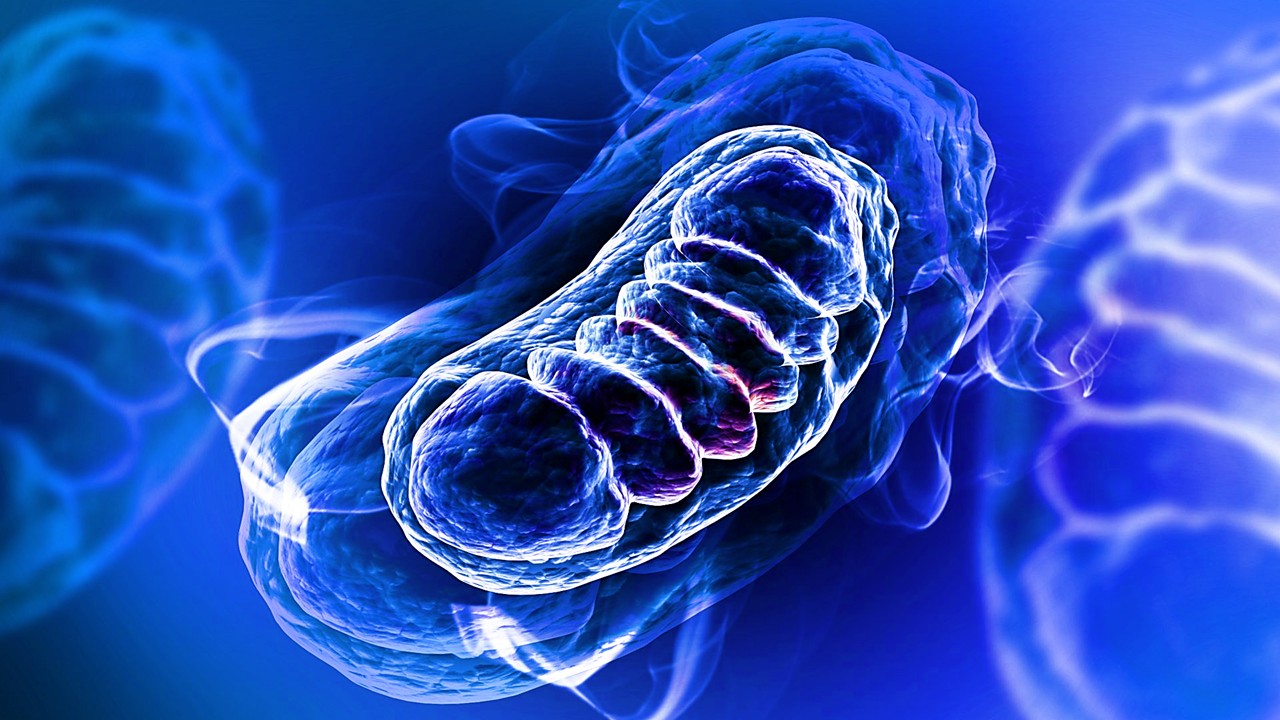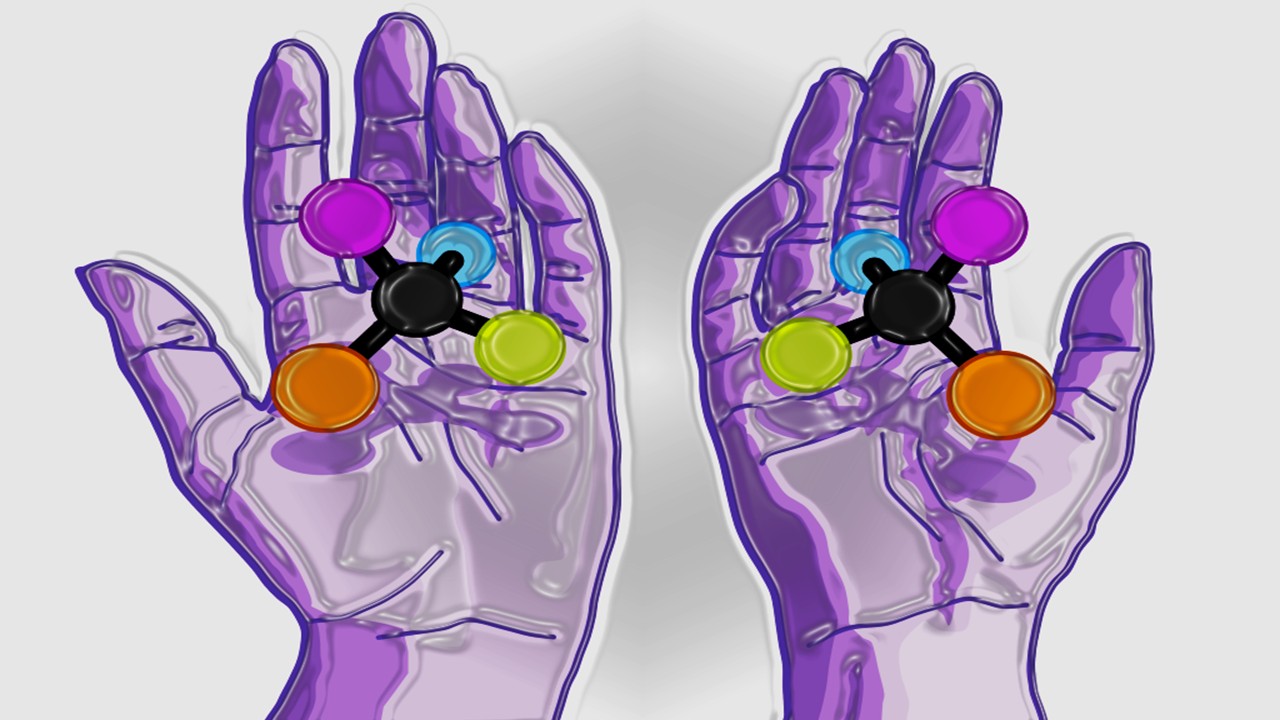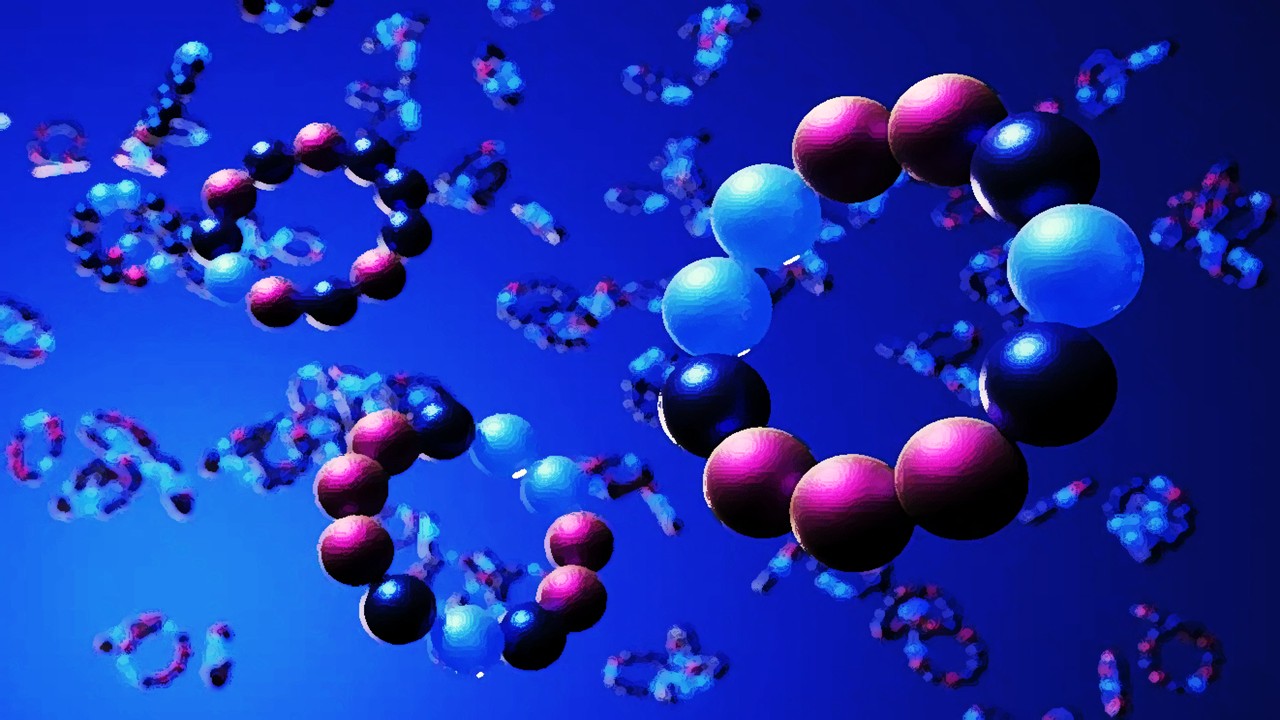Drug discovery has long been shaped by the need to predict how potential therapies are processed in the body. From the metabolic labyrinth of the liver to the cellular intricacies of other tissues, understanding how drugs are cleared remains a core challenge. In recent years, the focus has shifted beyond the traditionally dominant cytochrome P450 (CYP) enzymes to a broader ensemble of non-CYP enzymes. As researchers delve deeper into these pathways, the modern drug discovery process reveals both old certainties and fresh insights.
Expanding Beyond Cytochrome P450: A New Paradigm for Drug Clearance
For decades, the drug metabolism landscape was dominated by CYP enzymes, the major group responsible for the clearance of most small-molecule drugs. Advances in reagents like human liver microsomes (HLM) and human hepatocytes (HHEP) have enhanced our ability to predict CYP-mediated drug clearance with increasing precision. These improvements have solidified CYP’s central role, particularly in early-stage drug discovery where accurate pharmacokinetic (PK) prediction is crucial. Despite this, a gap remains, especially in lesser-known CYP enzymes like CYP1A1 and CYP4 families. These lesser-studied enzymes are revealing new dimensions of drug metabolism, but gaps in our understanding persist, particularly in their roles across various species and their contributions to interspecies variability.
However, it’s not just about CYPs anymore. A growing body of research emphasizes the importance of non-CYP enzymes in drug clearance. These enzymes, such as UDP-glucuronosyltransferases (UGTs), sulfotransferases (SULTs), aldehyde oxidase (AO), and carboxylesterases (CESs), play critical roles in metabolizing a significant portion of marketed drugs. In fact, the last decade has seen a surge in research on these enzymes, highlighting their complexity and the need for more refined predictive models.
UDP-Glucuronosyltransferases: The Unsung Heroes of Conjugation
UGTs are arguably the most prominent of the non-CYP enzymes. These enzymes facilitate the conjugation of glucuronic acid to drugs or their metabolites, typically converting them into more polar forms that are more easily excreted via urine or bile. The UGT family, including UGT1A1, UGT1A9, and UGT2B7, showcases a distinct metabolic capacity—low-affinity but high-capacity, making them versatile in handling a wide range of substrates.
While we have made significant strides in understanding UGTs, challenges persist. Prediction of UGT-mediated clearance remains less accurate than CYP-mediated processes, often suffering from under-prediction in vivo. One solution emerging from recent studies is the application of long-term hepatocyte co-culture systems. These systems help bridge the gap between in vitro assays and in vivo outcomes, offering a more comprehensive assessment of UGT activity across species, particularly in humans, who exhibit higher UGT activity than rodents.
Sulfotransferases and the Intricacies of Xenobiotic Detoxification
Sulfotransferases (SULTs) represent another essential class of enzymes, particularly in detoxifying and eliminating xenobiotics through sulfation. These enzymes add a sulfonate group to drug molecules, a reaction that is facilitated by PAPS, a high-energy sulfate donor. SULT1A1, SULT1E1, and SULT2A1 are among the most critical enzymes in this group, mostly localized in the liver and intestines, with some expression in lungs and kidneys.
One key aspect of SULTs that sets them apart from UGTs is their substrate affinity—SULTs tend to be high-affinity but low-capacity enzymes. This difference plays a critical role in dose-dependent metabolism, where low concentrations often see greater SULT contributions, while higher concentrations shift the burden to UGTs. This dynamic interplay is critical in understanding how drugs like acetaminophen are metabolized, with both enzymes contributing based on the drug’s concentration.
Aldehyde Oxidase and the Challenges of Drug Development
Aldehyde oxidase (AO) is a molybdoflavoprotein that has long presented challenges in the drug discovery process. Its primary role involves the oxidation of azaheterocyclic compounds, making it a key player in the metabolism of certain drugs. However, AO’s activity varies significantly across species, and this interspecies variability complicates the ability to predict human clearance based on animal models. Rodents, for example, have lower AO expression than humans, while dogs lack AO altogether. This variability has made AO a challenging target for accurate clearance prediction.
Despite these challenges, progress is being made. Humanized mouse models, designed to simulate human AO activity, are currently being refined, though their ability to predict human clearance quantitatively remains under development. Additionally, known AO substrates are being used as benchmarks, allowing researchers to rank-order drug candidates and better predict their metabolic fate.
Carboxylesterases and Amidases: Navigating the Waters of Hydrolysis
Carboxylesterases (CESs) are vital hydrolases responsible for cleaving ester bonds, a crucial step in the activation of pro-drugs like irinotecan. While CES1 and CES2 are the primary enzymes involved, their distribution varies—CES1 is predominantly found in the liver, while CES2 is mainly located in the intestine. This distribution influences where drug metabolism occurs and has implications for the prediction of drug clearance, particularly for orally administered drugs.
Amidases, another group of hydrolases, play a similar role in breaking down amide bonds, albeit more slowly than CESs. These enzymes, including aminoacylases and fatty acid amide hydrolases, demonstrate overlapping activity with CESs, adding another layer of complexity to predicting drug metabolism.
The Role of Flavin-Containing Monooxygenases and Glutathione S-Transferases
FMOs are another group of enzymes that co-exist with CYPs in the liver and oxidize drugs containing nucleophiles such as nitrogen and sulfur. They contribute to drug metabolism in ways that are sometimes difficult to differentiate from CYPs. Innovative approaches, such as selective inhibition of FMO and heat inactivation, have allowed researchers to parse out these contributions more accurately. For example, ketoconazole, a once-common antifungal drug, is metabolized by both CYP and FMO pathways. The metabolites formed can result in toxic protein adducts, a reminder of the delicate balance between efficacy and safety in drug development.
Glutathione S-transferases (GSTs), meanwhile, have gained prominence in recent years as researchers focus on developing covalent inhibitors targeting specific proteins. These inhibitors, while potentially highly effective, come with the challenge of predicting human clearance due to the widespread expression of GSTs throughout the body. In vitro blood clearance assays are now being developed to better understand GST-mediated metabolism, with promising results that could pave the way for more predictable drug clearance models.
The Future of Drug Metabolism: Integrating Non-CYP Pathways
As we move forward, it’s clear that non-CYP enzymes are no longer secondary players in the field of drug metabolism. The growing body of research on UGTs, SULTs, AO, CESs, and FMOs is expanding our understanding of how drugs are processed in the body and, more importantly, how we can predict their fate with greater accuracy. With continued advances in proteomics, enzyme quantification, and in vitro modeling systems, the integration of non-CYP pathways into predictive PK models is becoming an essential component of modern drug discovery. As researchers continue to uncover the complexities of these metabolic systems, the future of drug clearance prediction looks both promising and profoundly more comprehensive.
Engr. Dex Marco Tiu Guibelondo, B.Sc. Pharm, R.Ph., B.Sc. CpE
Editor-in-Chief, PharmaFEATURES

Subscribe
to get our
LATEST NEWS
Related Posts
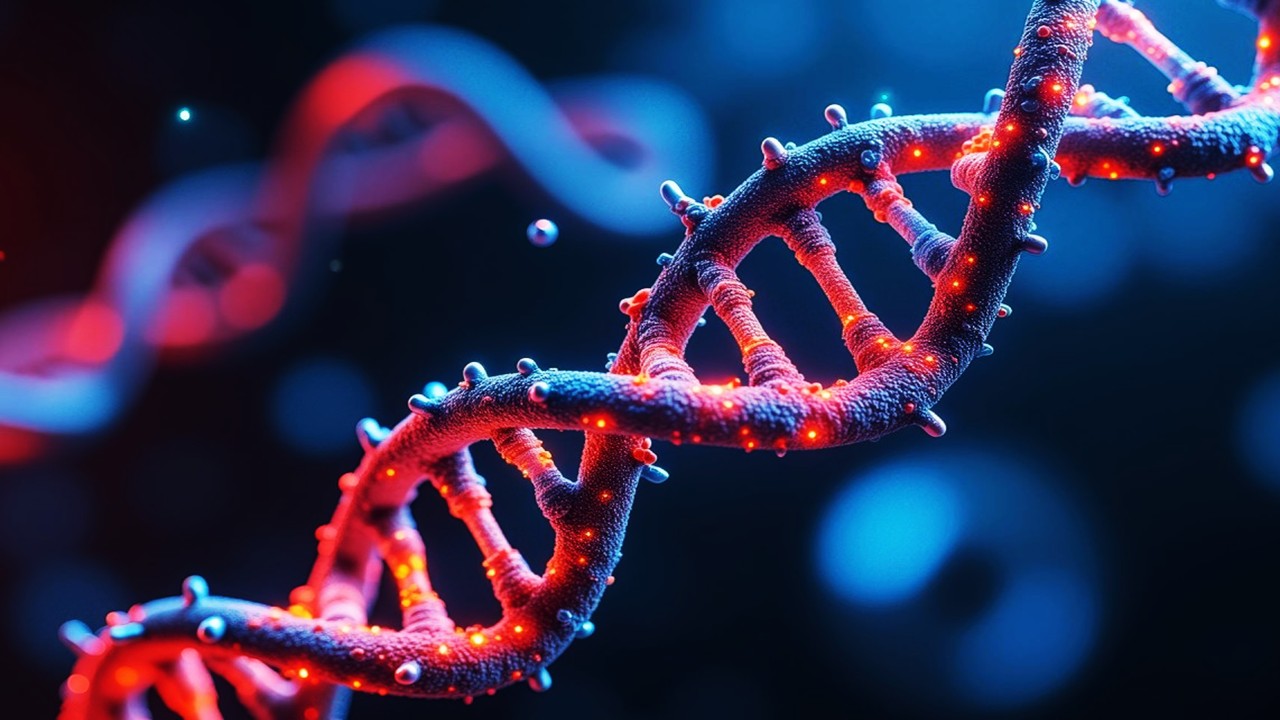
Medicinal Chemistry & Pharmacology
Pathogenic Targeting 5.0: The Rise of RNA Therapeutics and Peptide-Based Drugs in Modern Medicine
Unlike traditional small-molecule drugs, which interact with proteins, RNA therapies modulate gene expression directly, enabling interventions at the root of disease.
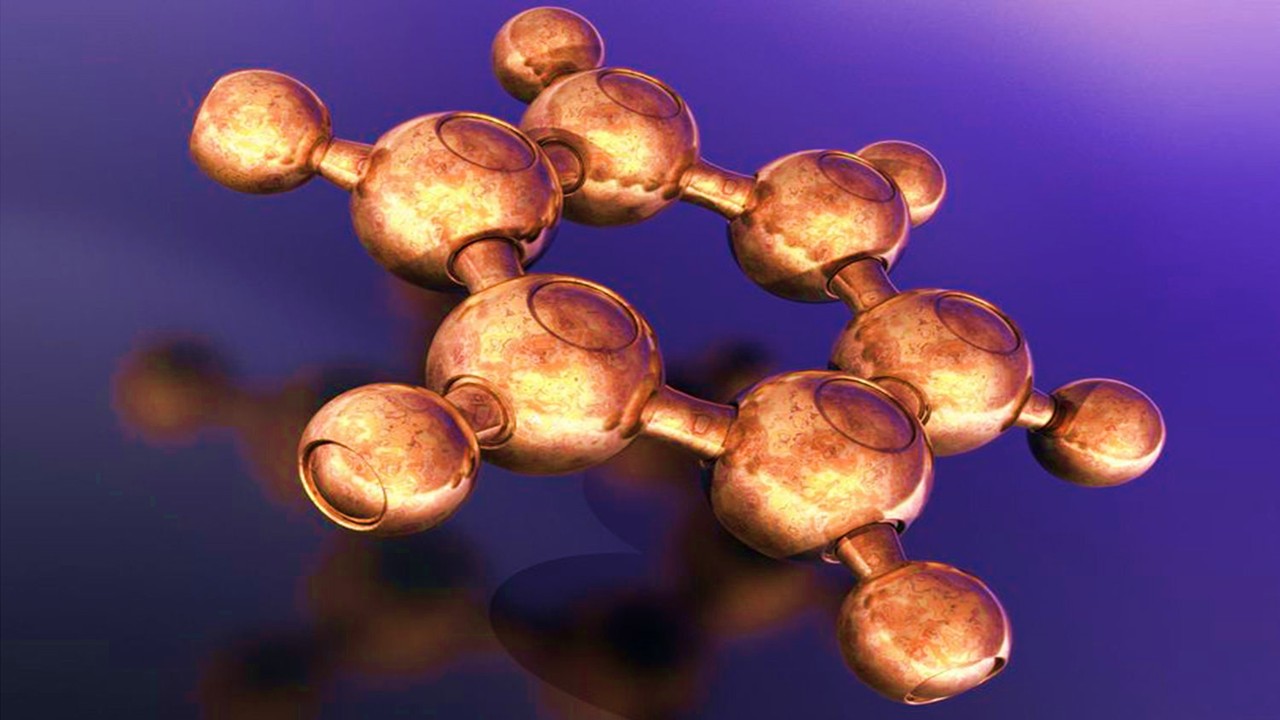
Medicinal Chemistry & Pharmacology
Polarity Alchemy: Strategic Charge Manipulation in Contemporary Drug Design
The future promises tunable therapies with polarity adjustable by light, magnetic fields, or bioorthogonal triggers.




